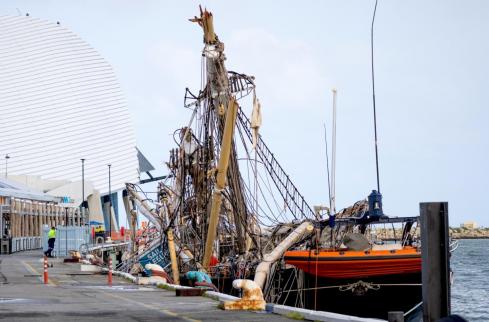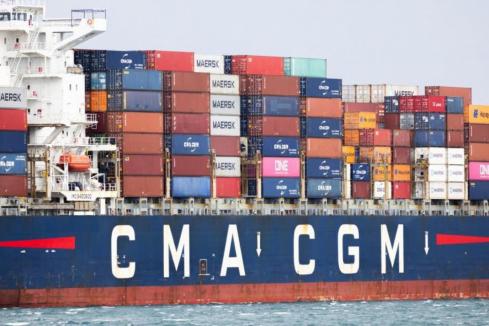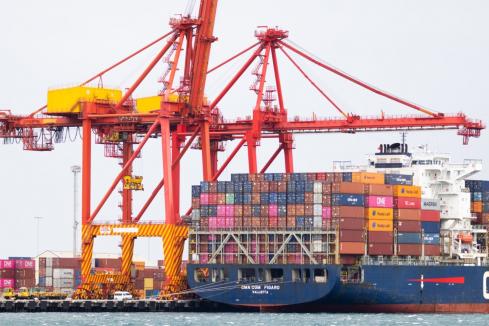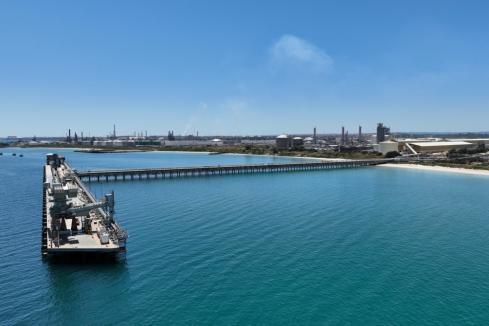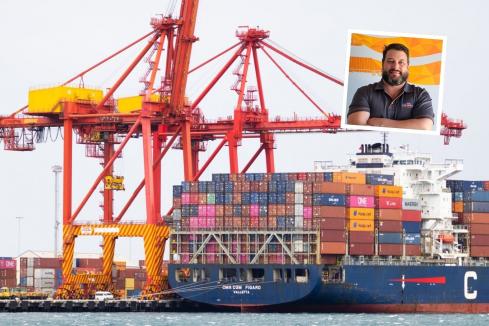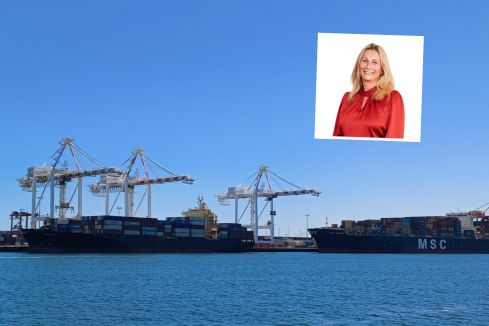A key component of WA’s future economic growth lies in the hands of the agency tasked with determining the best location for imports and exports.


A key component of WA’s future economic growth lies in the hands of the agency tasked with determining the best location for imports and exports.
As far as infrastructure projects go, they don’t get much bigger, or have a wider-reaching impact, than a new port.
The state government’s Westport Taskforce is weighing up a delicate balance between economics, governance, land use and environmental issues as it grapples with the significant task of choosing where to build the next generation of port infrastructure in Western Australia.
Established in 2017, Westport has since evaluated 300 options for port upgrades in the metropolitan area, largely focused on the future of Fremantle Ports as a container import and export facility.
(click here to see a PDF version of the full special report)
The task of upgrading port infrastructure, and its access points, has not been without contention, with the former Liberal government’s preferred plan of extending Roe Highway to Fremantle becoming a key election issue and an environmental battleground in the southern suburbs of Coolbellup and Bibra Lake.
At time of writing, Westport had whittled its options down to 25 – four in Fremantle, four in Bunbury and 17 in Perth’s main industrial strip in Kwinana.
Westport project director Tim Collins told a recent Property Council of Australia event that a shortlist of five options would soon be released, and a final recommendation presented to government in November.
Mr Collins said Westport was working on a conservative assumption of 3.25 per cent annual growth at Fremantle Port, taking annual trade from its current level of 800,000 container movements (TEUs) to 3.8 million over 50 years.
One of the key points of contention at Fremantle is the port’s future capacity.
While Mr Collins said the port itself could handle a substantial upgrade, access was a crucial factor.
“The road network, the heavy vehicle supply chain and the rail chain are really beginning to struggle with the growth that’s occurring,” he said.
“In trying to come to grips with the issues at Fremantle it’s about how we either unlock those supply chains and get them to perform to the best of their ability; bearing in mind that the Westport project is not a 10- year or 15-year project, we are looking at issues 50 years and beyond.
“Whereas some people might suggest that Leach Highway is okay or the rail network is working okay, we are really thinking about an end state of what the demands of the import and export trade are likely to be like in 50 years, and therefore what we need to do between now and then to actually serve the customers of the port.”
Mr Collins said moving the port to Kwinana, and the environmentally sensitive Cockburn Sound, was also not without challenges.
“We are very much trying to look first with an environmental lens. Cockburn Sound is not only delicate and valuable, and it has been given a pretty rough ride over the last 50-odd years,” he said.
“It’s starting to recover, and if Westport moves to a port down in Cockburn Sound, we want to make sure that we’re not doing that in a way that is going to detract from the environment, in fact we are even trying to add some value to the environment down there.”
At Cockburn Sound, a new port aligned with Rowley Road would be constrained by seagrass and residential development, which would limit the speed of road trains along the freight route.
Another option would be to locate the port in line with Anketell Road, but Mr Collins said that would also be subject to certain issues.
“While the main freight route serving a port precinct of Anketell is fantastic, the last mile rolling through the Kwinana industrial area is quite challenging,” he said.
“There is about a kilometre of industry we need to navigate through, not the least of which is the Water Corporation’s desalination development that sits smack bang where we would like to build.”
Mr Collins said the location of Beeliar Regional Park, between the coastline and industrial precinct Latitude 32 (which the government is seeking to leverage), was also a major constraint for a port at Cockburn Sound.
“Clearly, through our environmental lens we cannot drive an eight-lane superhighway through Beeliar Regional Park, and we can’t run a rail corridor through that park,” he said.
“It would make the environmental stoush that we all saw a couple of years ago look like a walk in the park.
“We are trying to think about how technology can solve that.”








